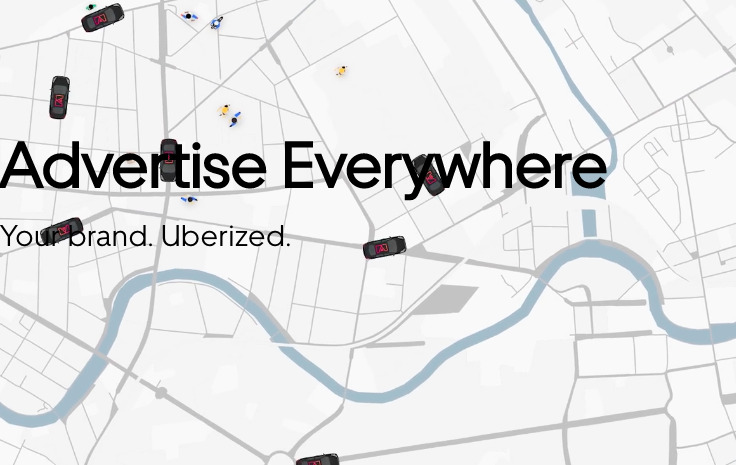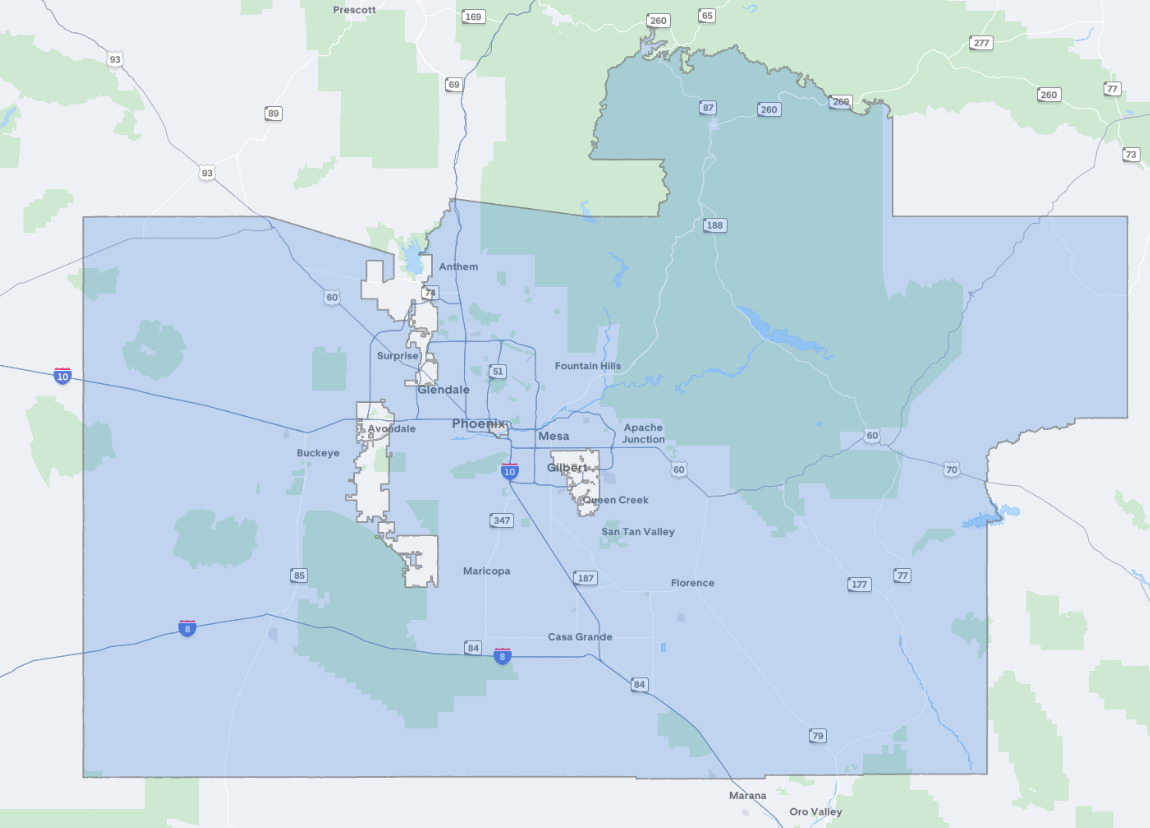Uber and Lyft recently announced their entry into the car-top advertising market, Uber with Adomni and Lyft with Halo Cars. We covered how this could be a potential gold mine for the companies, but how does it work for the drivers? Senior RSG contributor Paula Gibbins covers Uber’s new cartop display advertising and how you can sign up below.
Drivers in certain cities might be able to make a little extra money with Uber… with car-top advertising. Uber recently announced that they are partnering with Adomni, an ad-tech company, in order to place rooftop advertising signs on approximately 1,000 Uber vehicles.
Looking for more ways to make money while you’re driving? Check out our recommendations for the best rideshare advertising companies here, specifically our top recommendation, Play Octopus.
Where and When is this Starting?
Interestingly enough, this is due to drop on April Fools Day (April 1), 2020 in Atlanta, Dallas and Phoenix. Since it’s starting on April 1, some are assuming it’s a prank and not a real deal, but we think there might be some real weight to it. Partially because they have launched a webpage that gives brief insights into what advertisers could expect.

The webpage confirms that the starter cities include Dallas, Phoenix, and Atlanta, but their form for interested advertisers also indicates that later in 2020 markets are due to open up in Chicago, Houston, Las Vegas, Los Angeles, and San Francisco.
Learn more about it by watching this video:
Earning Details
So, what are the potential earnings for this kind of advertising? Starting out, it sounds like Uber is willing to pay a driver $300 upfront to install the car-top billboard on their personal vehicles and an additional $100 per week, as long as it’s used more than 20 hours a week.
Of course, keep in mind those dollar amounts will likely change after the first few weeks depending on the popularity of the program as well as how many hours the driver is driving.
If car-top advertising isn’t in your city yet, consider signing up with another advertising option like Play Octopus.
What Kind of Advertising is it?
From the looks of it, the car-top billboards will be placed in a fin-type location on the vehicle, so the sides show the advertising, nothing on the front, allowing for aerodynamics to hopefully not impede gas mileage by too much.
They “will feature two-sided, internet-connected screens on the tops of participating Uber drivers’ vehicles…Uber OOH mobilizes your brand in an unmissable way. Hundreds of cars within a city, traveling thousands of miles monthly, delivering millions of impressions,” according to the Uber OOH website’s “About Us” section.
They’ll use geo-targeted advertising content to keep ads relevant based on geographical location. Advertisers can also select optimal content to play during specific times of the day.
For example, a bar might advertise only at night, whereas a grocery store might be more inclined to advertise during daytime hours. Advertisers are also promised performance reports showing the impact of their advertisements through this method.
It basically sounds like any business can sign up to learn more about advertising with Uber OOH powered by Adomni. Another perk for advertisers is they could have the ability to display one ad on the car and a nearby billboard at the same time.
The Competition
Uber will also have to contend with the fact that Lyft has been making similar moves. Lyft recently purchased Halo Cars, a car-top advertising startup. This startup currently markets in New York and Chicago. There is no official word on when Lyft will put this new partnership into use, however.
For now, Uber will be the first of the two major rideshare apps to offer this kind of service to their drivers. There is also currently no word on what kind of earnings drivers could expect from this similar Lyft venture.
My Take
Any extra money is hard to pass up, especially when you’re basically just being asked to continue driving as usual, but with a display on top of your car. A bonus $300 to start off with, along with $100 a week sounds great.
But there’s always a catch. How long will this type of revenue keep up? When would Uber pull the old switcheroo and start giving drivers less and less and less? Would drivers with these ads be unable to complete airport rides, as some airports don’t allow advertising for rideshare drivers?
Uber has released images of the permitted driving areas by city here, including this map in Phoenix below. When you are driving in areas where the apps are not permitted, the display will not show any ads.

Would I do it? Personally, no, but that’s mostly because I drive extremely part-time as it is, and I know I would not reach the required 20 hours per week to make it worthwhile or to even qualify. However, my husband works 30-40 hours a week for Uber and Lyft combined, so it would be something we’d consider if it came to our market in Minneapolis.
I would still have some questions for Uber, however, before completely jumping on board. Such as, what if a week or two goes by where the driver is unable to drive the 20 hours? At what point would the advertising option be taken away? How is it powered? I know the mentioned it’s internet-based, but does that mean the driver needs certain requirements in order to power it? Is it attached to their phone plan somehow?
Uber has released more information for drivers in these markets to sign up – you can take a look at the video below to see one driver’s experience and how the advertising is installed on your car:
In order to get started with this display advertising, if you’re in one of the cities it’s offered in, is to sign up with Uber and sign up for the cartop program here.
Drivers, would you put display advertising on top of your car if Uber offered to pay you a $300 bonus and $100 a week?
-Paula @ RSG




